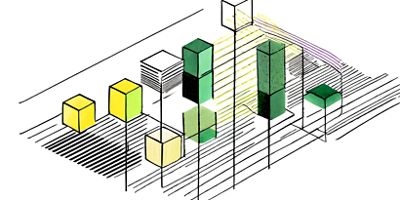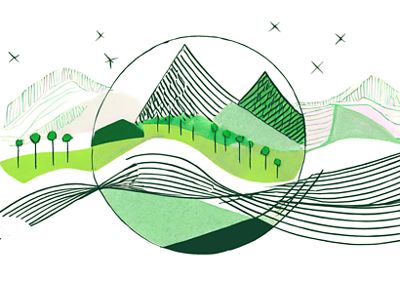A Roadmap to Conservation Success
Conservation is a journey—and Conservation by Design is here to support you along the way. This comprehensive suite of conservation planning resources can be used by TNC teams at any point in a strategy’s timeline, with support from a trained facilitator. Explore our site to find what you need to map your journey to tangible, lasting, and equitable impact for nature and people.
What are you looking for?
-

Explore Modules (English)
Find module information and all documents on our website
-

Access Trainings
Are you looking to build your capacity for conservation planning?
-

Connect Page
Click below for the latest news and updates (only accessible to TNC Staff)
-

Explore Modules (Translated)
Find versions of all modules in Bahasa Indonesian, Simplified Chinese, French, Portuguese, Swahili, and Spanish
What is Conservation by Design?

Flexible, Targeted Resources
Conservation by Design is now available in the form of nine modules. Each module represents a basic element of a strong conservation strategy. Together, they provide a comprehensive suite of strategy planning resources.
Important: The updated Conservation by Design modules replace all previous versions of Conservation by Design and associated guidance. Module resources will be updated regularly to incorporate the latest learning and best practices. Therefore, version numbers (e.g., “2.0”) will not be used going forward.

